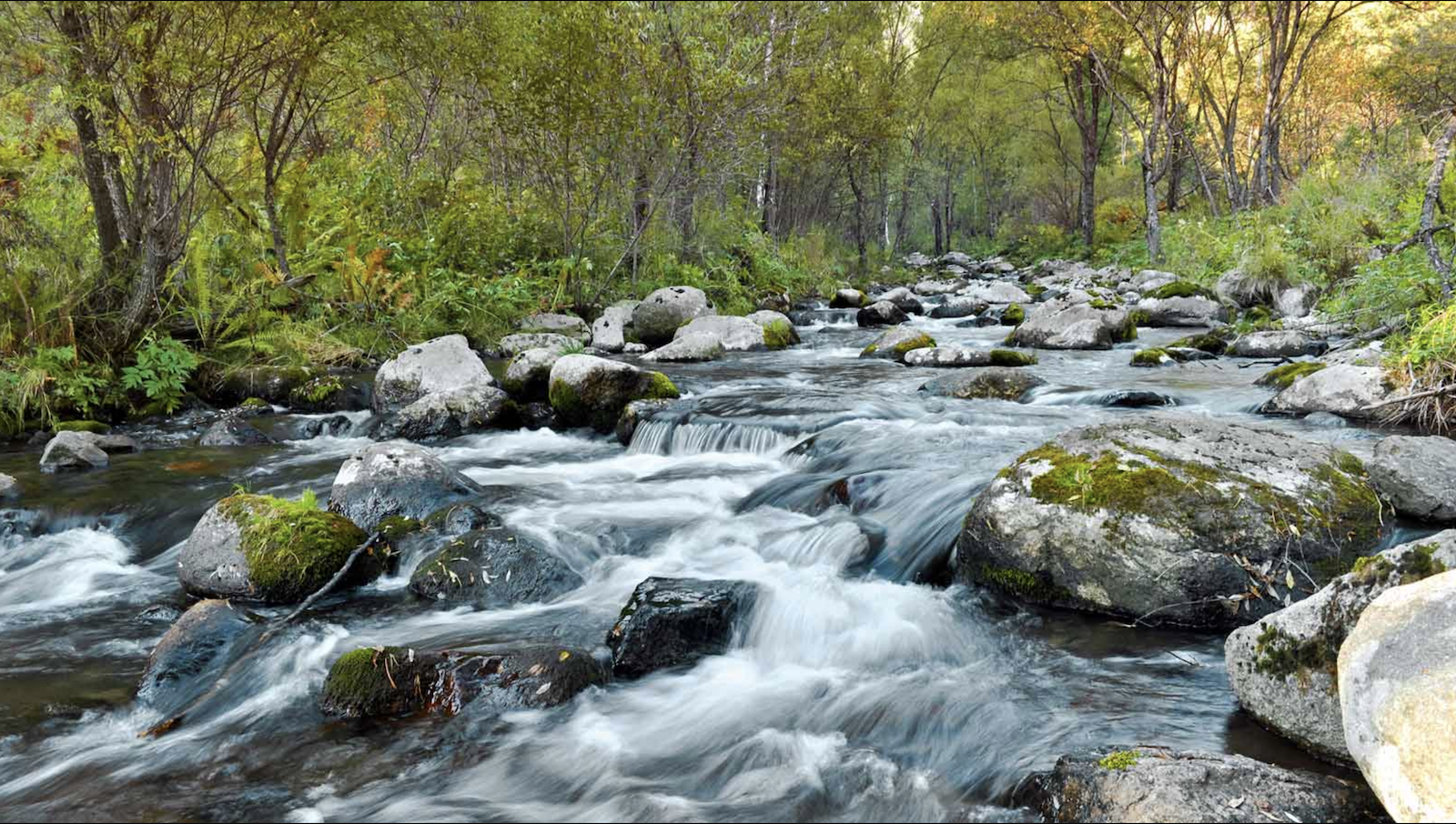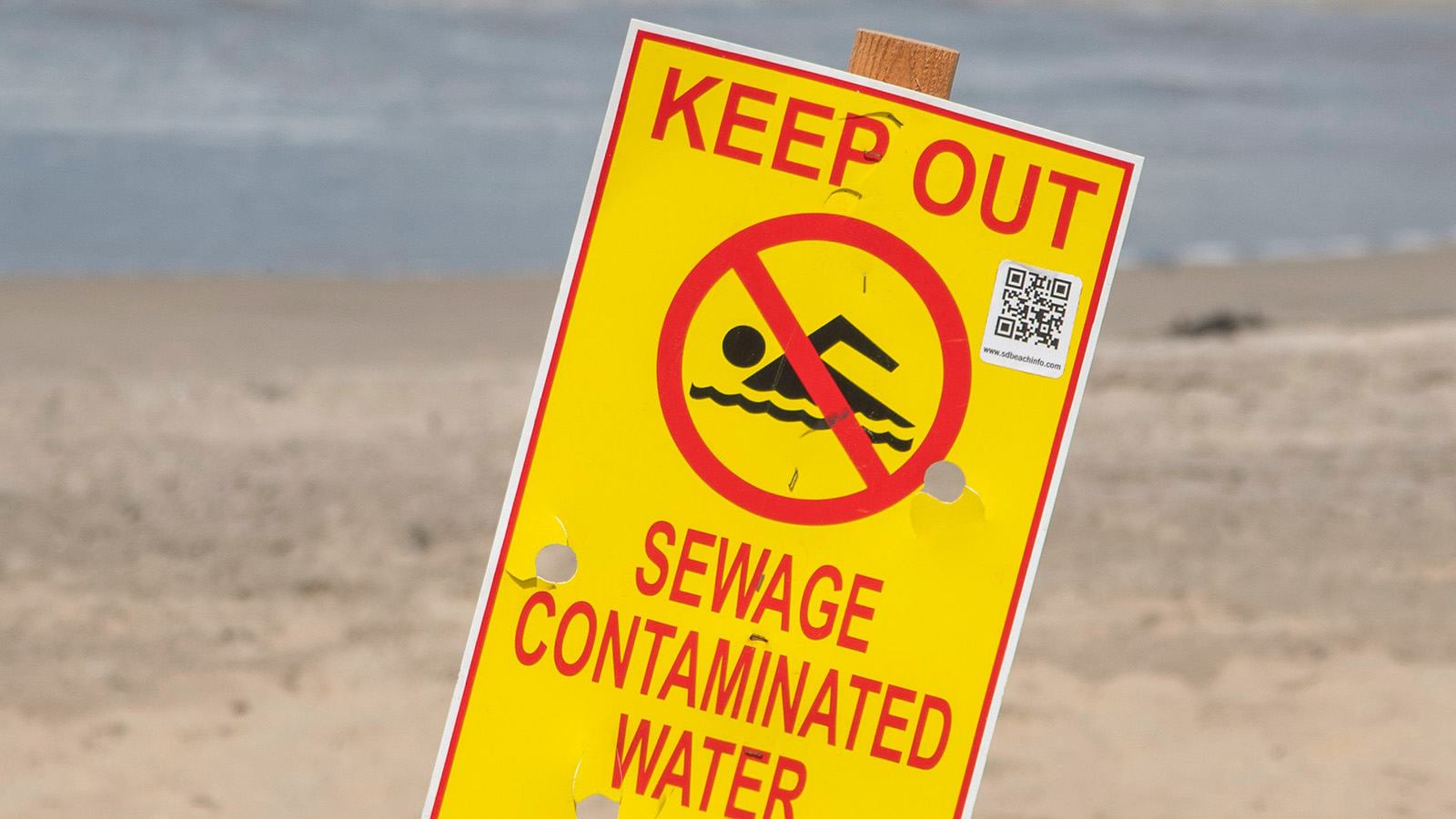
Corporate Agribusiness and America’s Waterways
The Role of America's Biggest Agribusiness Companies in the Pollution of our Rivers, Lakes, and Coastal Waters
Pollution from agribusiness is responsible for some of America’s most intractable water quality problems – including the “dead zones” in the Chesapeake Bay, Gulf of Mexico and Lake Erie, and the pollution of countless streams and lakes with nutrients, bacteria, sediment and pesticides.
Downloads
Environment Minnesota Research & Policy Center
Executive Summary
Pollution from agribusiness is responsible for some of America’s most intractable water quality problems – including the “dead zones” in the Chesapeake Bay, Gulf of Mexico and Lake Erie, and the pollution of countless streams and lakes with nutrients, bacteria, sediment and pesticides.
Farming is not an inherently polluting activity. But today’s agribusiness practices – from the concentration of thousands of animals and their waste in small feedlots to the massive planting of chemical-intensive crops such as corn – make water pollution from agribusiness both much more likely and much more dangerous.
The shift to massive corporate agribusiness operations is no accident. It is largely the result of decisions made in the boardrooms of some of the world’s largest corporations. When it comes to agricultural pollution of America’s waterways, therefore, the problem begins at the top. Major agribusiness firms are directly or indirectly responsible for the degradation of many American waterways, and must be held accountable for stopping that pollution and cleaning up the mess.
Big agribusiness is a major polluter of America’s waterways.
– Agriculture contributes to making more than 100,000 miles of rivers and streams and 2,500 square miles of inland lakes too polluted to sustain important uses such as swimming, fishing, drinking, or the maintenance of healthy populations of wildlife.
– The past several decades have seen major changes in the nation’s agricultural system that have increased the power of agribusiness firms and magnified the potential for pollution
A few companies now control America’s food system. The four largest firms in each sector produce 72 percent of the nation’s beef, 63 percent of the nation’s pork and 57 percent of the nation’s chicken – giving those companies vast control over the agricultural marketplace and the practices farmers use to raise food. In addition, key agribusiness industries such as chicken and pork production have moved to a vertically integrated model that gives giant corporations nearly complete control over the production process from an animal’s birth to the delivery of processed meat to store shelves.
Agribusiness firms have reshaped how America produces its food. Through vertical integration, control of agricultural markets, and their power to influence public policy, big agribusiness firms have reshaped how America produces its food. Since 1993, for example, the share of the nation’s milk cows on large farms of 200 cows or more increased from 31 percent to 67 percent. Similar shifts toward concentrated animal feeding operations (CAFOs) have taken place in the chicken and pork industries, magnifying the potential for pollution of nearby waterways. Meanwhile, agribusiness-supported policy changes have fueled massive planting of chemical-intensive corn for ethanol, corn syrup and animal feed, further contributing to pollution of waterways.
As demonstrated by the case studies presented in this report, giant corporate agribusiness firms are at the center of some of the nation’s most severe water pollution problems.
Chicken farming produces vast amounts of nutrient-laden poultry litter that can pollute local waterways.
– Perdue’s operations on the Delmarva Peninsula contribute to the persistent problems with algae blooms and low dissolved oxygen in the Chesapeake Bay. The 568 million chickens produced on the Delmarva Peninsula each year – many of them raised by Perdue’s contract farmers in the region produce more than 1.1 billion pounds of chicken litter annually. When nutrients from chicken manure find their way into the bay, they contribute to the algae blooms that leave only 12 percent of the Chesapeake Bay with ad- equate levels of dissolved oxygen during the summer months.
– Pollution from Tyson Foods and other chicken producers has led to the degradation of water quality in the Illinois River in Arkansas and Oklahoma. There are 2,800 poultry farms in the Illinois River watershed, which produce as much waste as would be produced by 10.7 million people – much of which is spread on agricultural land without treatment. Excessive pollution from phosphorus and other nutrients has triggered algae blooms that affect water quality in the river.
– A chicken processing plant operated by Pilgrim’s Pride (now owned by the Brazilian firm, JBS) is the largest source of nitrogen pollution that has contributed to water quality problems in north- east Texas’ Lake o’ the Pines. The lake – a prime recreational resource for its region – has suffered in recent years from fish kills, algae blooms and beach closures. The Pilgrim’s Pride plant is a repeat violator of its Clean Water Act discharge permits.
Concentrated hog farming operations have damaged waterways from North Carolina to the Midwest.
– Waste from hogs owned by Smithfield Foods and other major hog producers has degraded water quality in North Carolina’s Neuse River, which has experi- enced a series of massive fish kills in recent years. The 3 million hogs in the Neuse River basin are responsible for half of the phosphorus and a third of the nitrogen finding its way into the waterways of the Neuse River basin. These nutrients fuel algae blooms that starve the river of oxygen and can trigger fish kills.
– Despite decades of evidence that the Illinois River in Illinois is suffering from nutrient pollution and is a major source of nutrients to the Mississippi River and the Gulf of Mexico, agricultural giant Cargill is intensifying its factory pork farming operations in the area and has released increasing amounts of nitrate pollution from its slaughterhouse along the Illinois River. That slaughterhouse is one of three Cargill-owned facilities to rank among the nation’s top 20 dischargers of toxic chemicals to waterways in 2008. Nitrate pollution from the slaughterhouse has increased tenfold since 1998.
Massive beef processing facilities add to the environmental toll of agribusiness operations.
– Brazilian food colossus JBS has quietly become one of the nation’s top beef producers. In so doing, it has inherited a legacy of environmental pollution. The company recently paid a $1.9 million fine for pollution from its rendering plant located along Pennsylvania’s Skippack Creek, which triggered a series of fish kills. Pennsylvania environ- mental officials regularly found excessive amounts of E. coli, ammonia, phosphorus and other pollutants in the creek down- stream of the plant.
The dramatic shift to factory dairy farming is polluting local waterways and contributing to the re-emergence of old water quality problems.
– The emergence of factory dairy farms – driven by consolidation in the milk industry and the efforts of companies such as Vreba-Hoff – has had disastrous environmental results in Michigan and Ohio, where pollution from those farms has polluted local waterways and may be contributing to the re-emergence of the dead zone in Lake Erie.
Massive production of chemical- intensive corn – driven by public policies that subsidize corn production – is wreaking havoc on water- ways, including the Gulf of Mexico.
– No company has played a larger role in creating the nation’s modern corn economy than Archer Daniels Midland, which has used its political clout to win policies that subsidize corn production, promote the manufacture of high-fructose corn syrup, and encourage the use of ethanol as a fuel. These policies have led to the planting of an additional 12.1 million acres of corn – an area twice the size of Maryland – since 2001. Industrialized corn production is highly dependent on chemical fertilizers and pesticides, and is the number one source of nitrogen pollution that fuels the growth of the dead zone in the Gulf of Mexico.
Federal and state governments should take immediate steps to protect America’s waterways from pollution from corporate agribusiness – and to restore our already-polluted waterways to health. Specifically, they should:
Ban the worst practices, including the creation of new CAFOs and agricultural practices such as the over-application of fertilizer that lead to pollution of waterways.
Guarantee Clean Water Act protection to all of America’s waterways.
Hold corporate agribusiness responsible for its pollution by clarifying that corporations that own animals are legally responsible for the waste they produce.
Enforce existing laws by requiring agribusiness operations to meet specific limits on pollution where necessary to restore a polluted water- way to health, requiring CAFOs that discharge to waterways to obtain water pollution permits for their operations, and ensuring that state governments properly implement the Clean Water Act.
Give environmental laws real teeth by beefing up inspections and ensuring that repeated or serious violations of water pollution laws are met with real penalties, not slaps on the wrist.
Ensure environmental transparency by giving citizens access to detailed information about CAFOs and other agribusiness facilities in their communities, including information about discharges of pollution to the environment.
Encourage better agricultural practices and consider systemic reforms to ensure that American agriculture delivers safe, healthy food without destroying our waterways.
Topics
Find Out More


Safe for Swimming?


